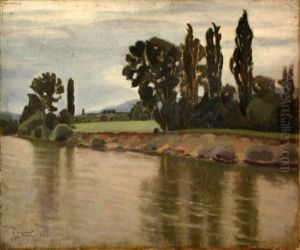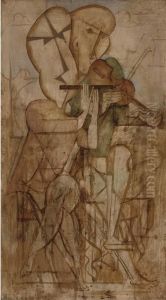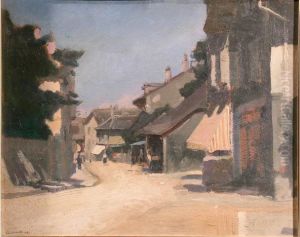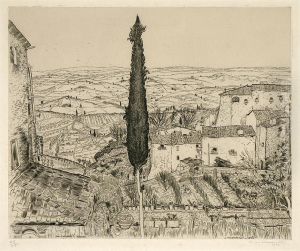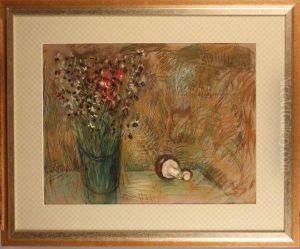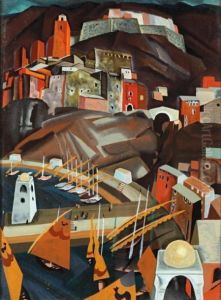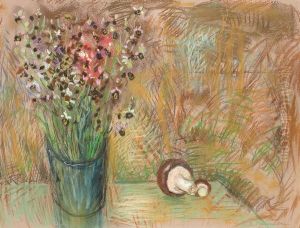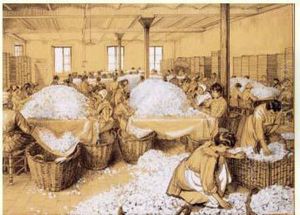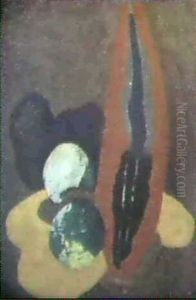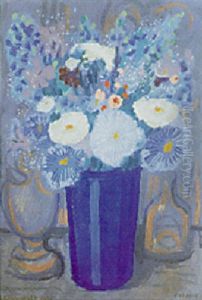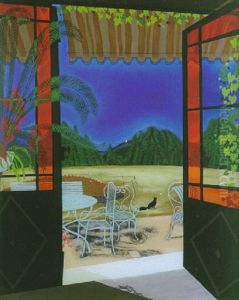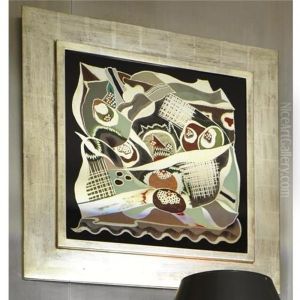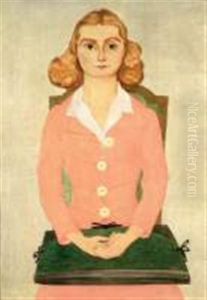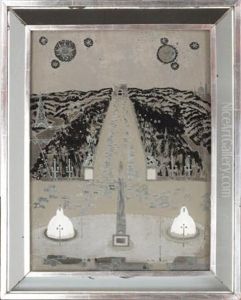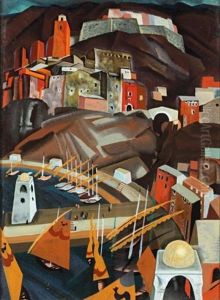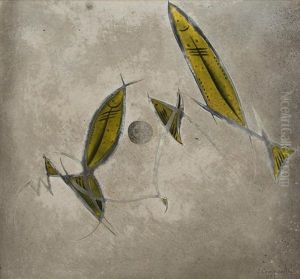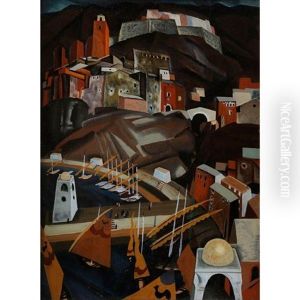Etienne Cournault Paintings
Etienne Cournault was a French artist known for his work in glass painting, as well as his contributions to the Art Deco movement. Born on October 7, 1891, in Malzéville, near Nancy, France, he was part of an artistic milieu that sought to integrate modernist aesthetics with traditional craft techniques. His early life was steeped in the atmosphere of innovation that characterized the beginning of the 20th century in France, particularly in the region of Nancy, which was a hub for the Art Nouveau movement.
Cournault trained at the École des Beaux-Arts in Nancy and was influenced by the École de Nancy group, particularly by the works of artists such as Émile Gallé and Victor Prouvé. However, he later moved away from Art Nouveau's naturalistic styles and became associated with the more geometric and stylized forms of Art Deco. Throughout his career, Cournault experimented with various artistic forms and techniques, including painting, furniture design, and interior decoration, but he is most acclaimed for his innovative work with glass.
During the 1920s and 1930s, Cournault collaborated with master glassmaker Jean Gauthier, with whom he created numerous stained glass windows and panels. These works often featured abstract compositions, vibrant colors, and a harmonious blend of glass art with metalwork. His glass paintings are notable for their technical prowess and the unique way in which they capture and manipulate light, a testament to his skill and creativity.
Etienne Cournault's career was cut short by his untimely death in 1948. Despite his relatively brief life, his contributions to the field of decorative arts left a lasting impact. His works are held in various collections and museums, and they continue to be studied and admired for their distinctive blend of traditional craftsmanship and modernist aesthetic.
